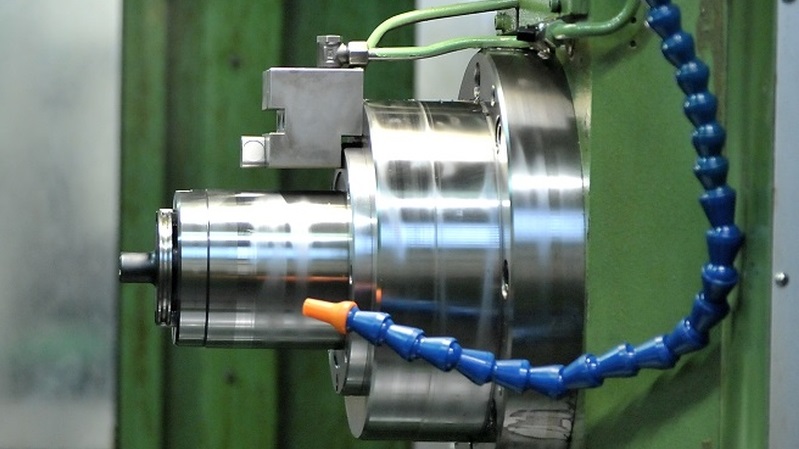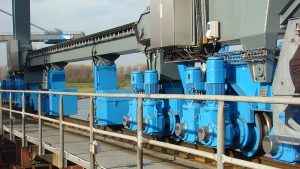Machinery Directive 2006/42/EC
The Machinery Directive 2006/42/EC was adopted on June 29, 2006, and had to be implemented in national law by member states by June 29, 2008.
After that, a transitional period of 18 months began for placing machines on the market, taking into account the “old” Directive 98/37/EC.
For machines imported into the EEA and operated or put into service for the first time on or after December 29, 2009, only the new Machinery Directive 2006/42/EC applies, which is mandatory as of December 29, 2009.

The Machinery Directive regulates the requirements for placing machinery, interchangeable equipment and safety components on the market.
The objectives of the EC Machinery Directive are:
- Ensuring the free movement of goods in Europe,
- Reduction of technical barriers to trade in Europe by
- Establish uniform safety requirements,
- Establish uniform formal requirements,
- Abolition of detailed national regulations.
Who must comply with the Machinery Directive?
Compliance with the Machinery Directive is mandatory for various actors within the European Union. This includes:
1. Manufacturer: Any natural or legal person who manufactures or places a machine on the market must ensure that the machine complies with the requirements of the Machinery Directive.
2. Authorized representative: For manufacturers located outside the EU, it is necessary to appoint an authorized representative within the EU to assume the manufacturer’s obligations related to compliance with the Machinery Directive.
3. Importers: Persons or companies importing machinery from third countries into the European market are responsible for ensuring the conformity of the imported machinery with the requirements of the Machinery Directive.
4. Distributor: Anyone who distributes machines within the European Economic Area must ensure that the machines meet the requirements of the Machinery Directive and are provided with the appropriate conformity assessment procedures.
Compliance with the Machinery Directive helps ensure the safety and health of people who use, operate or maintain machines and ensures that machines comply with established safety standards to minimize potential risks.




